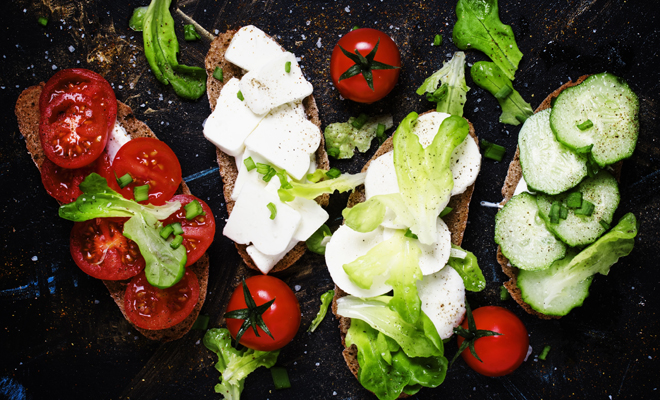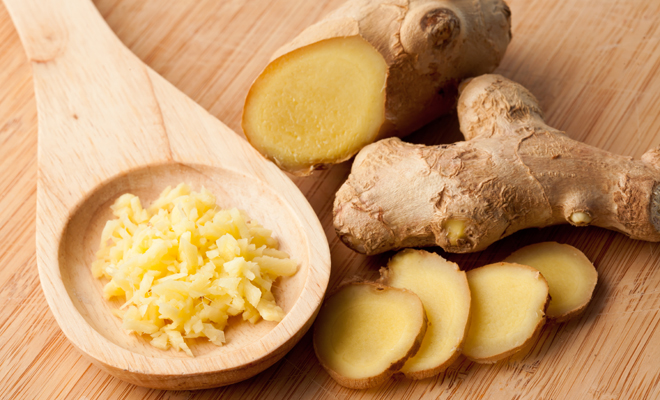October is a month that, from the point of food and cooking, is usually always related to pumpkins. Yes, it is true that it is the month where they are most abundant, but there is more life, or rather, more food for this season. What can you eat in autumn? There are numerous fruits and vegetables waiting for you at the stalls, eager to jump right into your pot. We make the shopping list for you and give you clues about the 5 foods to eat in autumn, their characteristics and how to prepare them. 
What foods can I eat in autumn?
Many times we go to the supermarket to buy food, but it is not within our reach, and not because it has run out, but because it is not seasonal products, that is, it is not typical of the season of the year in which we find ourselves. In autumn there are five foods that you will not get tired of seeing and that can be an excellent option for your menus. Take good note of these foods that you should and can eat in autumn!
- Mushroom in autumn
There are multiple benefits that mushrooms have for our body, which is why, although in autumn they abound in all their varieties, mushrooms sneak into kitchens around the world at any time of the year. Perhaps it is because of its properties, rich in vitamins and minerals such as magnesium, selenium, copper or B complex vitamins; or for its low caloric intake, 32 calories per 100 grams and with 92% water. It is also an excellent garnish to accompany any meat or fish, to make a mushroom soup or even to use it as an ingredient in salads.
- Grapes, the star fruit of autumn
Many people associate grapes with summer, but grapes are really a fall fruit. Red, green or black, grapes are an important food for taking care of our hearts and for healthy aging. You can use them as ingredients in salads, you can also eat them after each meal, as a mid-morning or mid-afternoon snack, or you can roast them with some vegetables. You will love its taste!
- This autumn, do not miss the pears
From October to December, pears are at their peak, so you have time to think about how to incorporate them into your daily diet. There are many varieties on the market, you just have to try which one is your favorite. They contain a lot of fiber and water and, among their properties, it should be noted that they help prevent cardiovascular diseases. Due to its low caloric intake (57 calories per 100 grams), the pear is an ideal fruit for people who are dieting or on a maintenance diet. Take it after meals, at mid-morning or, if you dare, in a salad.
- Pumpkin, yummy, yummy, yummy!
Within the wide world of pumpkins and, leaving aside those used for Halloween decoration, we want to highlight the delicate pumpkin: small, elongated, yellow or green, and with yellowish flesh. Like the rest of the pumpkins, it is a source of vitamin A and vitamin C, and it is ideal to prepare it on the grill or in an autumn salad.
- The properties of brussels sprouts
Brussels sprouts are the typical vegetable that grows in cool environments, so after the high temperatures of summer, fall is the perfect season to eat brussels sprouts. It is a very nutritious vegetable, rich in fiber (to be taken into account for constipated people) and phytonutrients, which act against cancer. If you don’t know how to prepare them, here is a suggestion. Clean them well and cut them into pieces. Skip them in the pan with a little olive oil and a splash of vinegar. Serve them on a plate accompanied by some crushed nuts. Delicious!



